SUMMARY
This is AI generated summarization, which may have errors. For context, always refer to the full article.
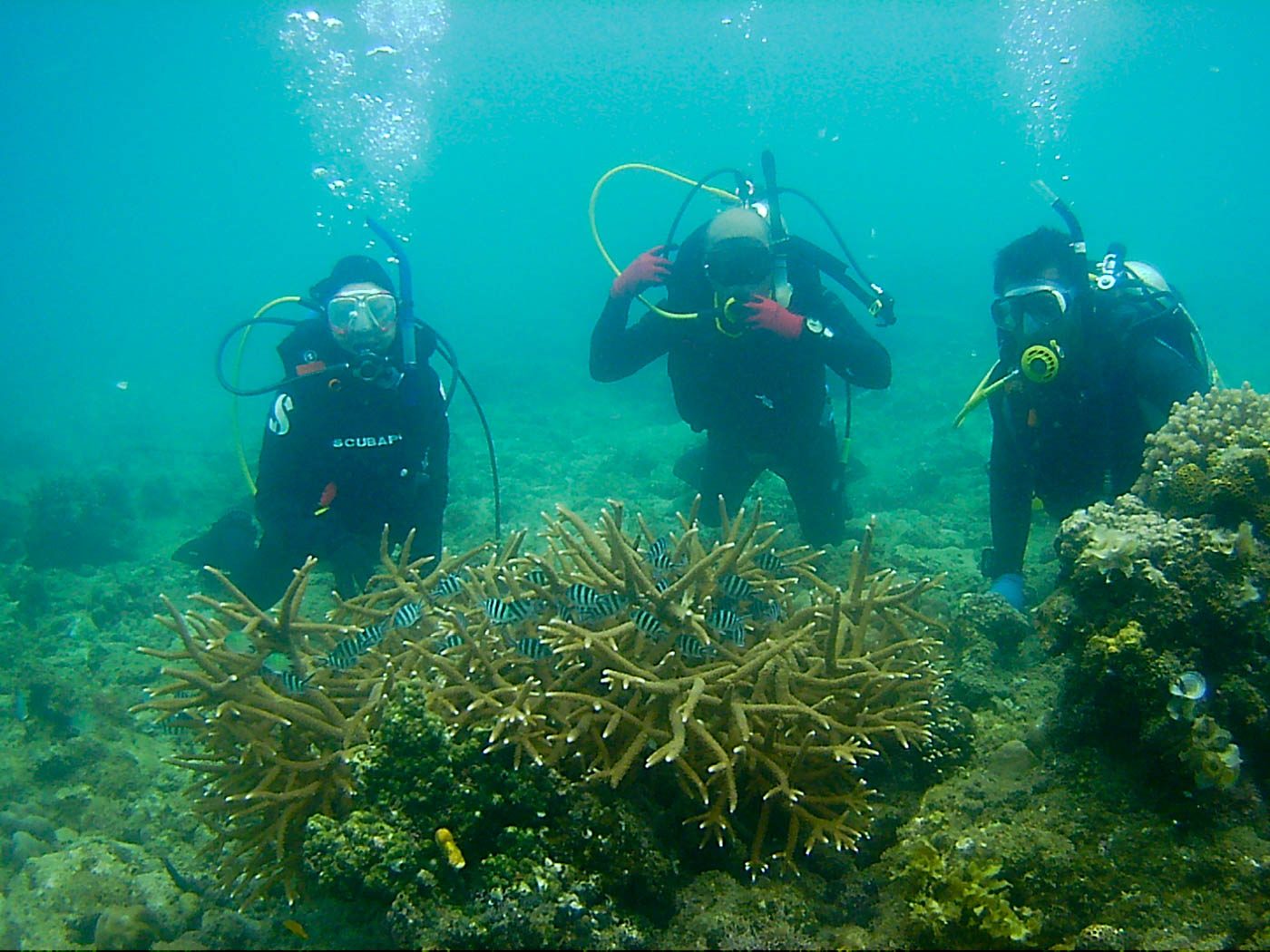
LEGAZPI CITY, Philippines – Guinobatan town natives Manuel “Manny” Realuyo and wife Mila have spent weekends under the sea to help revive coral reefs in Albay Gulf.
Manny, 62, is a retired public health physician at the Albay provincial health office, while Mila, 56, is a physician who practices in their town. They are members of the Marine Environmental Restoration Volunteers (MARV) in this city, working along with the Integrated Coastal Resource Management (IRCM) Unit of Legazpi City for coral rehabilitation.
The marine environmental volunteers are composed of Filipino and foreign divers. A majority of the volunteers are from Albay – medics, engineers, architects, businessmen, cops, barangay officials, and fishermen.
Manny said that they started with just 6 members but the number grew over time. They are focused on regenerating corals and putting up artificial reefs as a habitat for marine species in Albay Gulf.
In 2014, the Realuyo couple and other volunteers and ICRM personnel put up the artificial coral frames using staghorn corals disks.
After two years, the frames with staghorn corals have shown healthy growth, just about 200 to 300 meters away from the Legazpi City boulevard.
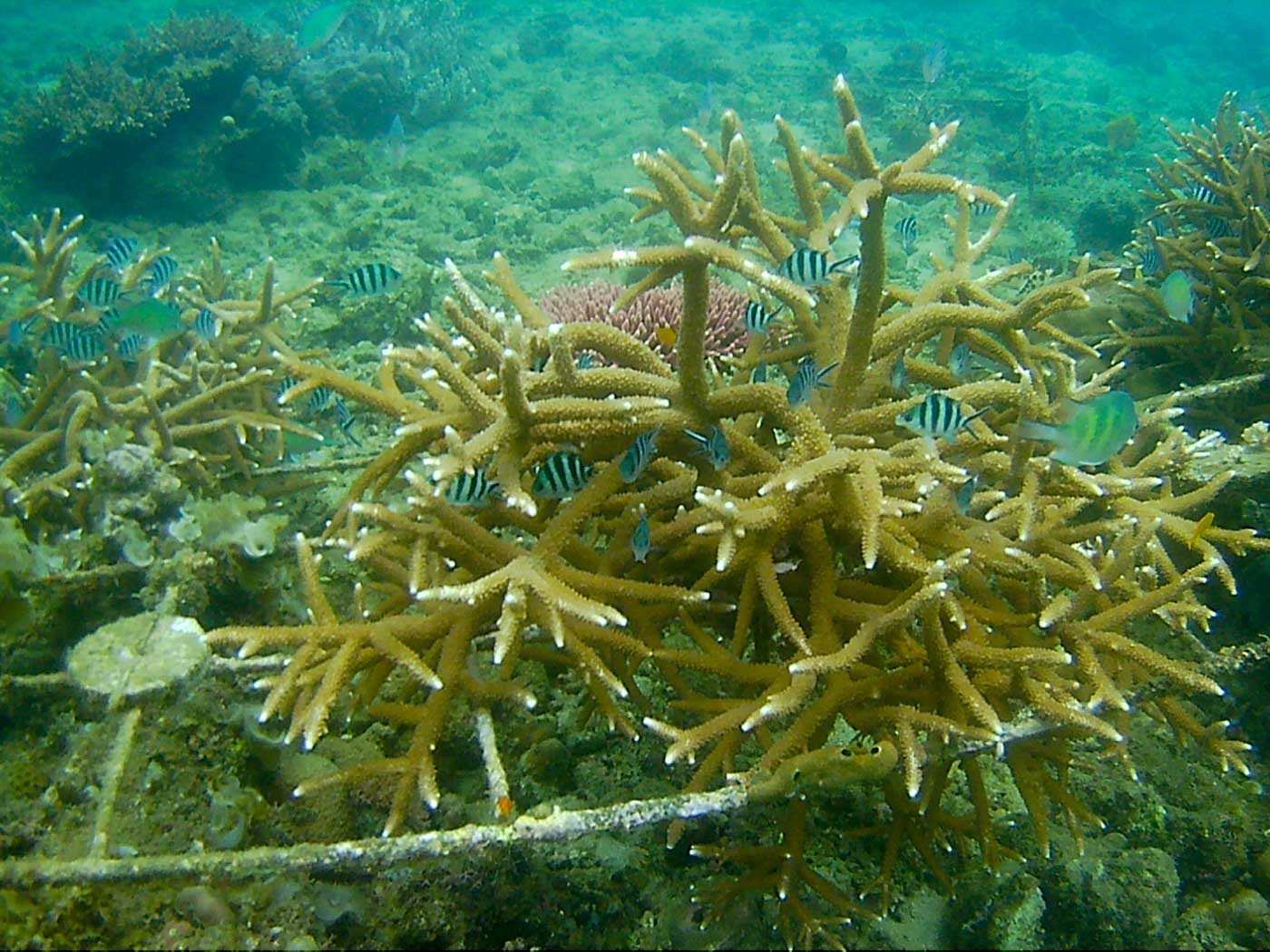
“Two years after putting up the coral frames, healthy growth of branching staghorn corals revived again and is now the habitat of different marine species. We’re happy that our coral is now improving and fishermen removed illegal structures to allow the regeneration of new reefs,” Manny said.
Manny said that they’re rehabilitating one coral reef at a time together with the personnel of ICRM.
Van Justin Bas, a young professional volunteer diver, is a public health nurse assigned in Rapu-Rapu Island town district hospital. He spends his weekends under sea helping and deploying artificial reefs in Albay Gulf.
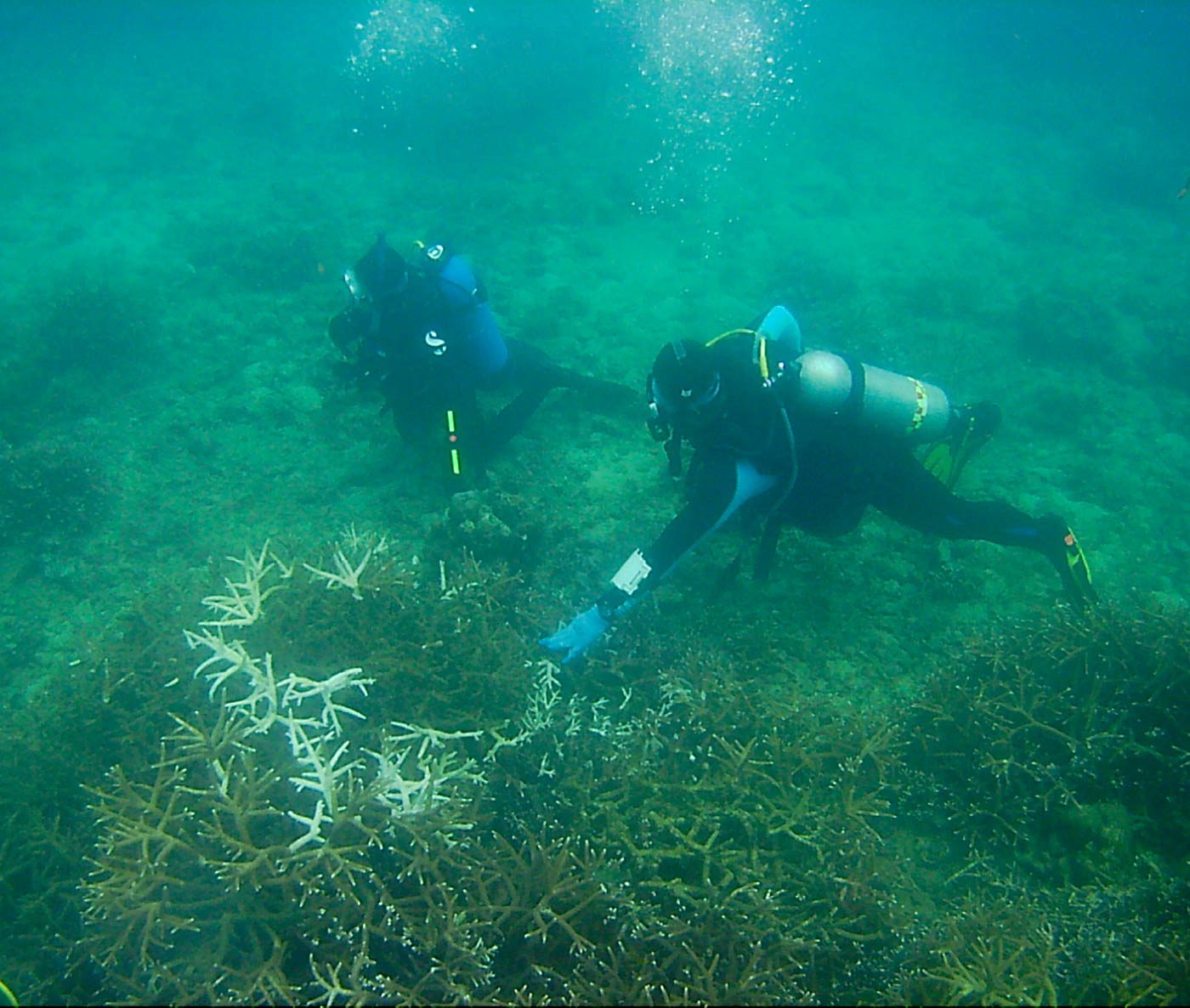
Filipino volunteer divers, specifically those working during weekedays, participate in the program during Saturdays and Sundays while foreigners go on weekdays.
Rhoneil Estevez, chief operation officer of ICRM-Legazpi’s fishery enforcement unit, said that they have 9 foreign volunteers regularly joinin their group.
“Filipino and foreign divers are working hand-in-hand for coral rehab. Some foreign divers who are spending their vacation in other parts of the country even flew here just to help us for coral rehab effort before flying back to their respective countries,” Estevez said.
Among them is Christopher Prior, a British national married to a Filipina from Sto Domingo town who is currently staying in Legazpi City. He said that more foreign divers who are in the city are working together with ICRM to help restore the reefs in Albay Gulf.
“We go on diving as a team to revive and create life through coral regeneration,” Prior said.
Habitat expansion
Legazpi City has marine reserves spanning 37.24 hectares with a coral reef area of approximately 10.3 square kilometers, and 72 hectares of mangrove forest.
Engineer Benigno Redito, ICRM officer-in-charge, said ecosystem restoration is done by replanting of corals and thus, regeneration of fish shelter for habitat expansion.
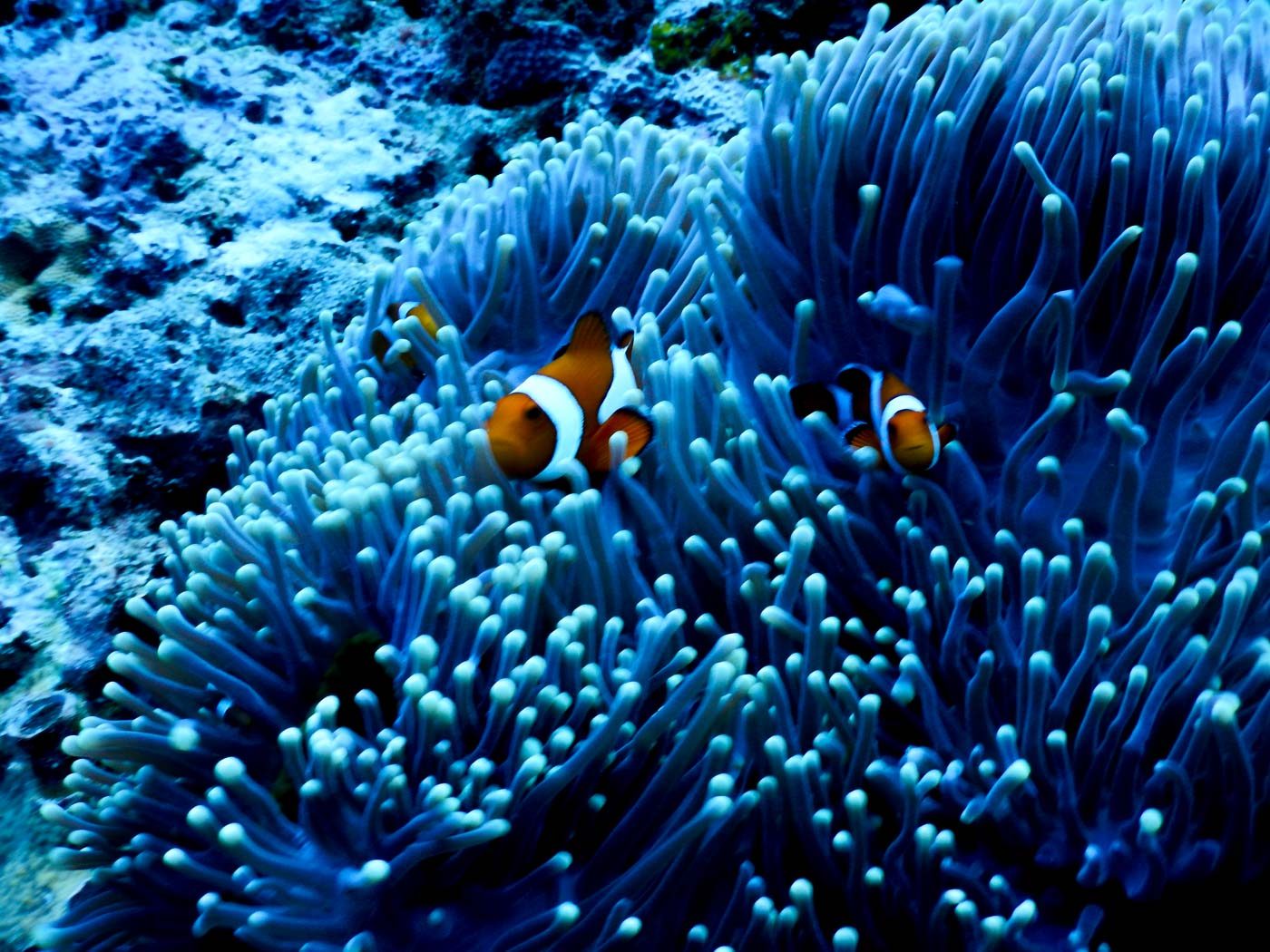
Redito said that they also established shelters to enhance coral and fish recruitment; planted new coral fragments in coral nurseries; planted coral on damaged reef; and replanted sea grasses.
The city government formed the ICRM unit to check the city’s natural marine resources, and to promote sustainable development that would guarantee food security and adequate protein supply to the growing population of Legazpi.
Albay Gulf, a conduit to the Pacific Ocean, is home of healthy coral reefs and tuna. To expand the marine habitat, government and volunteers worked 5 times a week to revive the reefs, remove crown of thorns or the starfish that destroys corals, and also to conduct a cleanup drive called “scuba basurero (garbageman).”
Government and volunteer divers are currently rehabilitating Denson reef in the middle of Albay Gulf after a Vietnamese cargo ship ran aground on the reef 3 years ago. Mayor Noel Rosal demanded the shipping company to pay P4 million in damages to rehabilitate the destroyed reef here.
A 1,200-square meter portion of the reef was destroyed when Vietnamese cargo vessel MV Ocean 3, ran aground on Denson Reef, some 4 kilometers away from the city port.
The ship owner, Vietnamese company ANH TV Shipping, paid P4 million to the city government. The 3-hectare Denson Reef, locally known as Pulang Buya in the Albay Gulf, had been declared off limits to fishermen.
Jesus Kallos, city agriculturist chief, said the ban on fishing in the reef area is just temporary to give time for authorities to conduct a thorough rehabilitation of the damage portion of the reef. At least 937 fishermen affected by the fishing ban were given alternative sources of livelihood.
Denson Reef is considered a favorite dive site of both local and foreign tourists. Legazpi City has 16 dive sites these includes Bulang Buya (Denson Reef), Sadit na Itom na Buya, Itom na Buya, Barao Reef, Bigaa Beach, Pasig Out, Pasig In, Canal, Sleeping Lion, Dakula na Masolog, Sadig na Masolog, Malaya, Sagoron, Maslog Out, Maslog In and Kabunturan. Kabunturan within Poliqui Bay is Legazpi City’s marine sanctuary. The 16 dive sites are the city’s marine tourism dive destination for local and foreign tourists.
Biodiversity hotspot
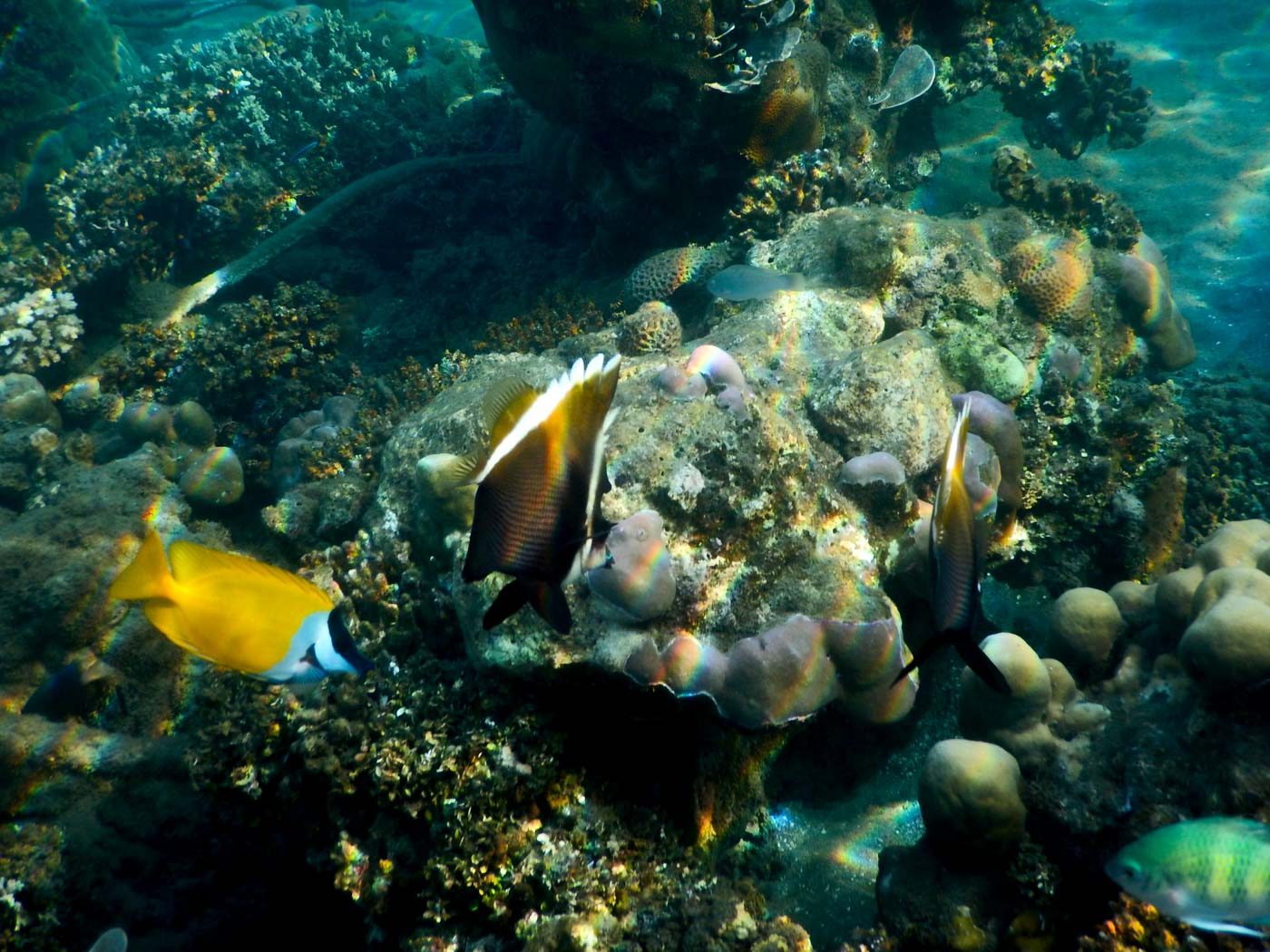
To protect Albay Gulf from illegal fishers which destroy the coral reefs, Mayor Noel Rosal, concurrent chairman of Albay Gulf Management Committee, said they will build a watch tower manned 24/7 to monitor illegal fishers.
The provincial governments of Albay and Sorsogon formed the management committee whose members include officials from the municipalities of Manito, Bacacay, Sto Domingo, Tabaco, Malinao, and Tiwi and Legazpi City in Albay; and Prieto Diaz in Sorsogon.
“We have to take care and see the potential of Albay Gulf as tourism dive sites and home of the world’s expensive fish like tuna as rich fishing ground. Our sea is still clean and we need to preserve the Albay Gulf as marine habitat considering our growing population that needs protein requirement from marine resources. This could only be sustained if we protect our coral reefs,” Rosal said.
The tropical coral reef is the most diverse ecosystem. Philippine waters form part of the Coral Triangle with Malaysia, Indonesia, Papua New Guinea, Solomon Islands, and Timor Leste.
The Philippine reefs have been designated as a “biodiversity hotspot,” meaning, they are among a small number of areas in the world that deserve extensive conservation and management efforts. – Rappler.com
Add a comment
How does this make you feel?
There are no comments yet. Add your comment to start the conversation.